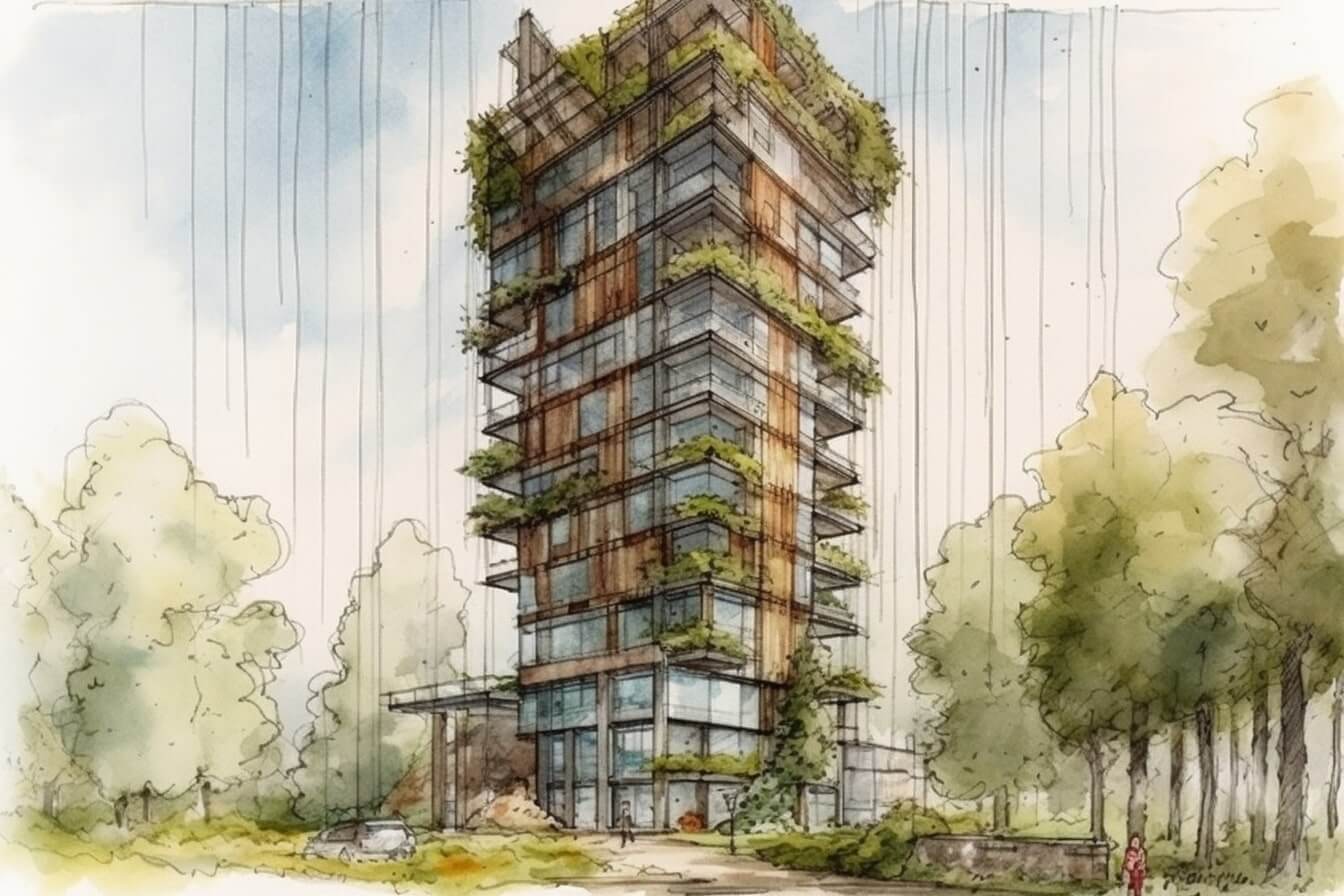Sustainable design is a concept that has been gaining popularity in recent years, emphasizing the importance of creating solutions that meet the needs of the present without compromising the ability of future generations to meet their own needs. In the context of interior design, sustainability is often associated with eco-friendliness, energy efficiency, and waste reduction. As designers of residential spaces, it’s essential to consider the impact of our work on the environment and strive to create sustainable living arrangements for our clients.
Here are some ways that sustainable design is influencing the design of apartments:
- Energy-efficient lighting: The use of energy-efficient light sources, such as LEDs, is becoming increasingly common in residential design. Not only do these lights consume less energy, but they also have a longer lifespan and require less maintenance.
- Material selection: The selection of materials for interior design is crucial in sustainable design. Designers are opting for eco-friendly materials, such as reclaimed wood, bamboo, and low-VOC paints, which have a lower environmental impact.
- Space planning: Sustainable design is not just about materials and lighting; it also involves effective space planning. Designers are creating open-plan spaces with minimal partitions and using storage solutions to reduce clutter and waste.
- Water conservation: Water conservation is another essential aspect of sustainable design. Designers are incorporating low-flow showerheads, toilets, and faucets into their designs to minimize water waste.
- Air quality: Indoor air quality is a significant concern in sustainable design. Designers are using air-purifying plants, ventilation systems, and low-VOC paints to create healthy and breathable indoor environments.
- Waste reduction: Minimizing waste is a key goal in sustainable design. Designers are using reusable and recyclable materials, reducing packaging, and encouraging clients to repurpose or donate items rather than discarding them.
- Connection to nature: Finally, sustainable design often emphasizes the importance of connecting with nature. Designers are incorporating elements of nature, such as plants, natural light, and outdoor spaces, into their designs to promote well-being and a sense of tranquility.
By incorporating these principles into our work, we can create residential spaces that not only meet the needs of our clients but also contribute to a more sustainable future.

Leave a Reply